#MisogynyFreeSchools™ Stories
#MisogynyFreeSchools™ Stories

I met Elena while interviewing a group of eighth-grade girls about their experiences with sexual harassment. Every girl had multiple stories—being watched as they bent over a water fountain, having their butts grabbed, subjected to crude comments, an uncle’s hand on their thigh. When they pushed back, the boys and men called them gender-based slurs. Elena cut in, looking bored: “What’s the point of getting upset? It’s always going to happen. You just have to get on with your life.” Later, she told me about a man who pulled up beside her in his car as she walked home from school. He grabbed her arm, twisted it, and sniffed her skin. But she didn’t recognize it as assault. Instead, she wondered, “What is it about me that made him do that? Maybe it was because I was wearing perfume.” That’s the impact of sexism on girls: not just the violation itself, but how they’re conditioned to absorb it quietly—and to question themselves, not the world around them. —Jo-Ann Finkelstein, PhD
When I was around 14, several girls in my school were sexually assaulted. What shocked me the most was how quickly the details of these horrendous instances spread and how pervasive victim blaming was. People of all ages, genders, and backgrounds were so quick to say it was their fault because of what they wore, because they drank, or because they were simply asking for it. While I expected this from certain people, it was my “feminist” friends who held these beliefs that surprised me the most. Holding ourselves and those close to us accountable for perpetuating rape culture is one of the first steps to combating sexual violence. —Neža Račečič
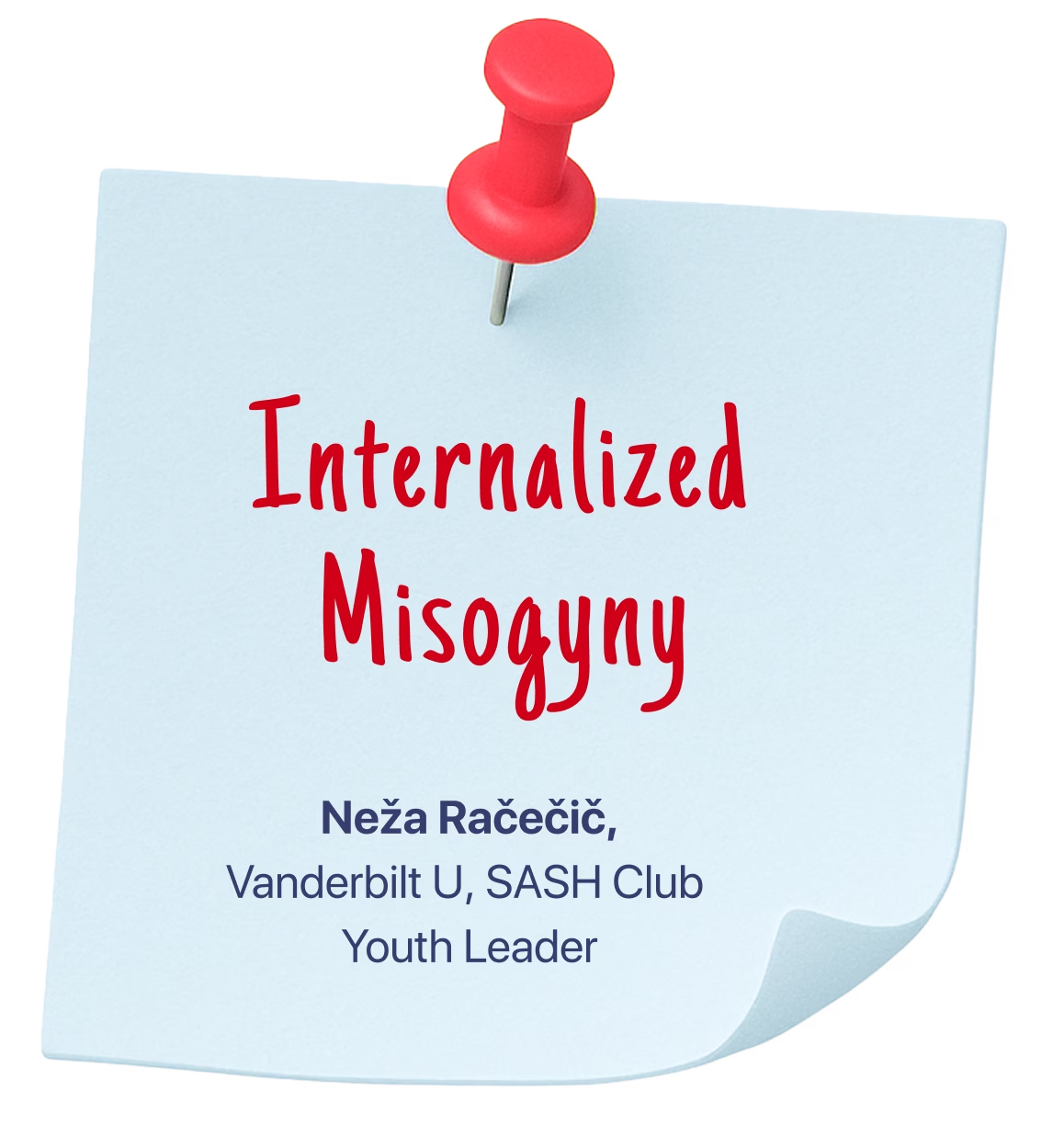
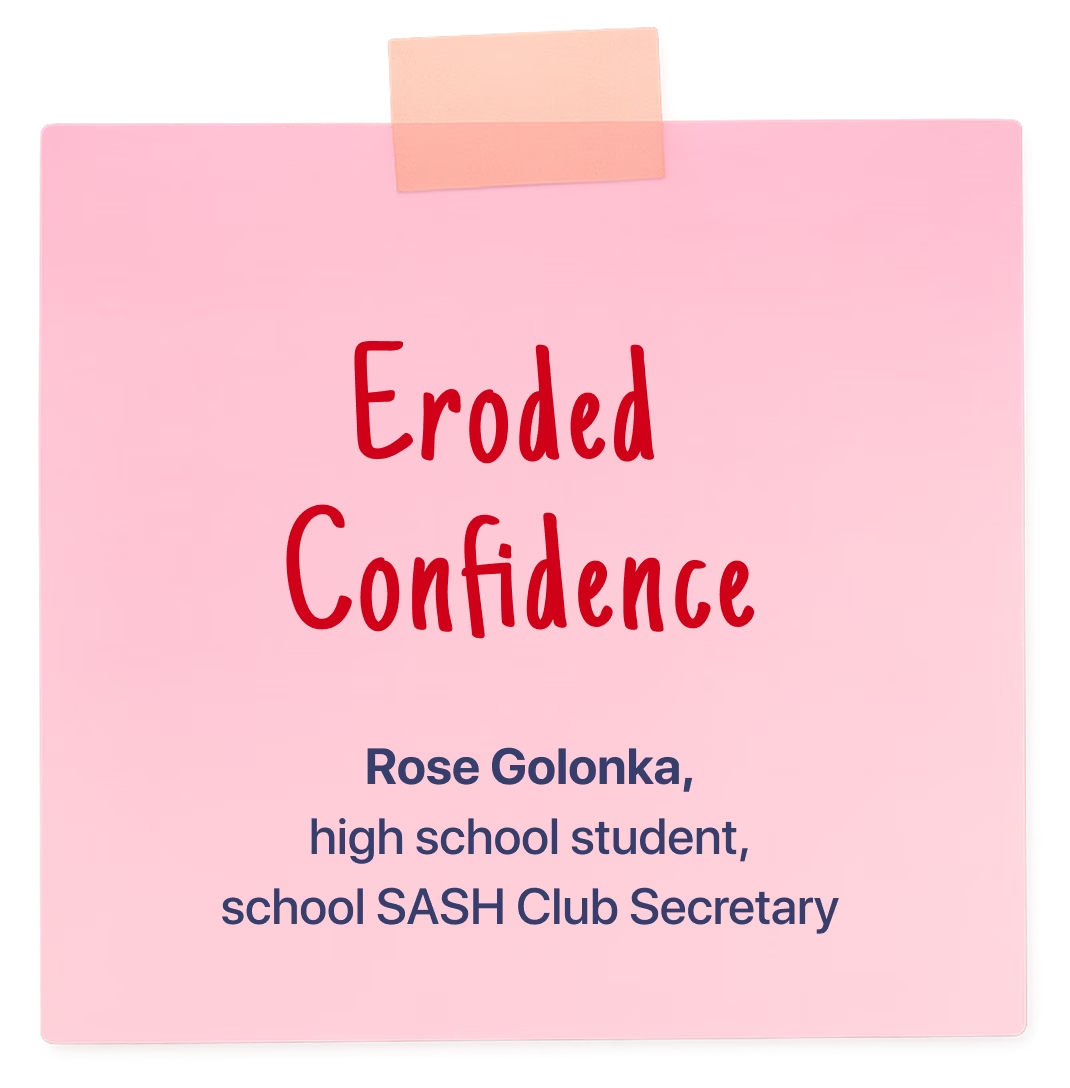
From teachers to coaches to peers, misogyny has followed me throughout my school years. It doesn’t always announce itself with slurs or violence—it’s often disguised in jokes, expectations, dismissive comments, and outdated traditions that we rarely think to question. I used to laugh these things off until I realized the joke was on me, making me shrink myself in fear of being “too much” of anything the world told me I shouldn’t be: too loud, too ambitious, too confident. Over time, it chipped away at my confidence, making me feel unimportant, unsupported, and unwelcomed in a place where everyone deserves to be seen and heard. I also recognize misogyny daily in media, law, and politics. It makes me angry and sad but also motivated to make change. Together, through awareness, education, and the support of groups like SASH Club, I believe we can challenge everyday misogyny and build a future where all teens, regardless of gender identity, feel safe, seen, respected, and empowered. —Rose Golonka
Living through the current presidency, especially as a teenager, means I’m witnessing the spread of rhetoric and new policies that negatively impact my human rights. Walking through the Seattle streets one warm and breezy night, I saw a teenage boy wearing a MAGA hat, running around, pointing at a girl and yelling, “Your body, my choice!” The pure hatred in his voice reflected a voice I once heard on my TV as a little girl: “I’ve said if Ivanka weren’t my daughter, perhaps I’d be dating her.” Here is one takeaway from that night: politicians are promoting a culture of entitlement, where boys are given the green light to mimic their behavior, weaponizing language, and belittling those considered unimportant to their priorities. It’s time we stop treating this as politics and start calling it what is: harm to today’s youth. —Ahlam A.
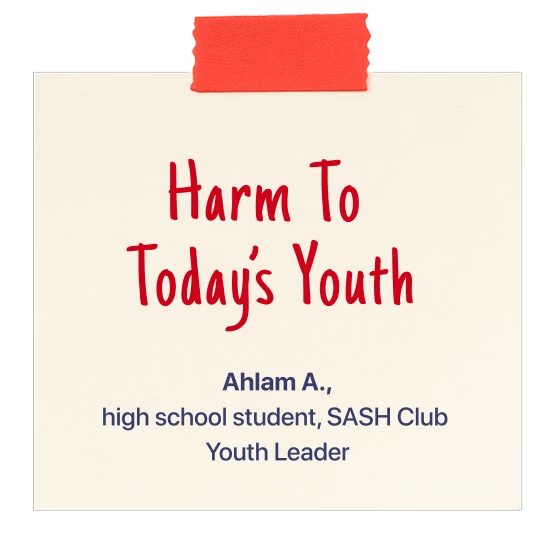
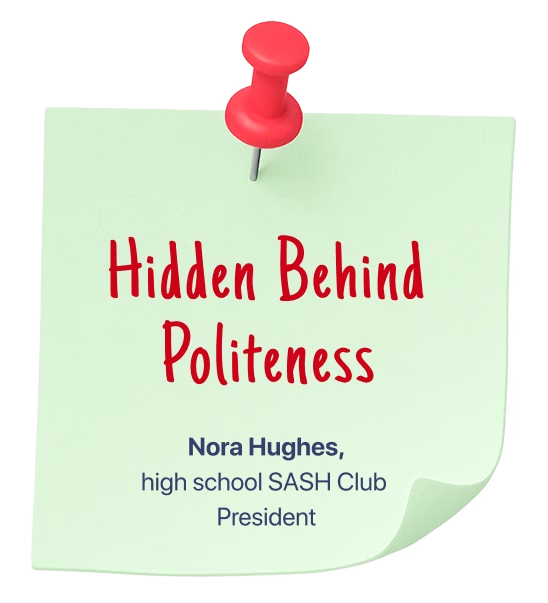
When I was fourteen, our church pastor delivered a sermon on “a woman’s role.” He asserted that women were meant to support men, not lead them. He spat and rambled that leadership was a man’s job by design. I remember how quiet the room was, how tense, how no one flinched. I looked around and it seemed that most people either agreed or were too small to speak against our pastor. I’ve always been an outspoken young woman, and everyone in those wooden pews knew that. In that moment, however, I felt dismissed: not because of my abilities but because I’m a girl. Afterwards, I asked an older member I respected why it was agreed that women “weren’t fit” to lead. “It’s just the way things are,” she replied. I’d been aware that women were often talked down on, but it was instilled in me how wrong and unfair that was. Being in that room surrounded by simple folk who truly believed that women were unfit to do what men are “designed” to do made me realize how often misogyny hides behind tradition or politeness and how easily people accept it when it’s familiar. I didn’t feel angry right away, just disappointed; it felt like my-already-small-world had become even smaller. —Nora Hughes
When I learned my youngest daughter had been groomed and assaulted by the man who was supposed to protect her—a school resource officer—I was crushed. I kept asking myself how I didn’t see it, how I failed to protect her. But I realized this wasn’t just about one man—it was about something much bigger. Misogyny. The kind that lets men in power prey on girls while the system looks the other way. It’s in the way girls are doubted, dismissed, told to stay quiet. In the way predators are shielded by uniforms and titles, while victims are left to carry the shame. That’s what lit a fire in me I’ll never put out. I refused to let that pain destroy me. I turned it into purpose. Every flash of grief in my daughter’s eyes, every door slammed in my face when I demanded answers—I used it. I made it my mission to hold people accountable, and to demand change from a broken system. This isn’t just about my daughter. This fight is for every girl who’s been ignored, blamed, or broken by the silence of others. —Chris McGhee
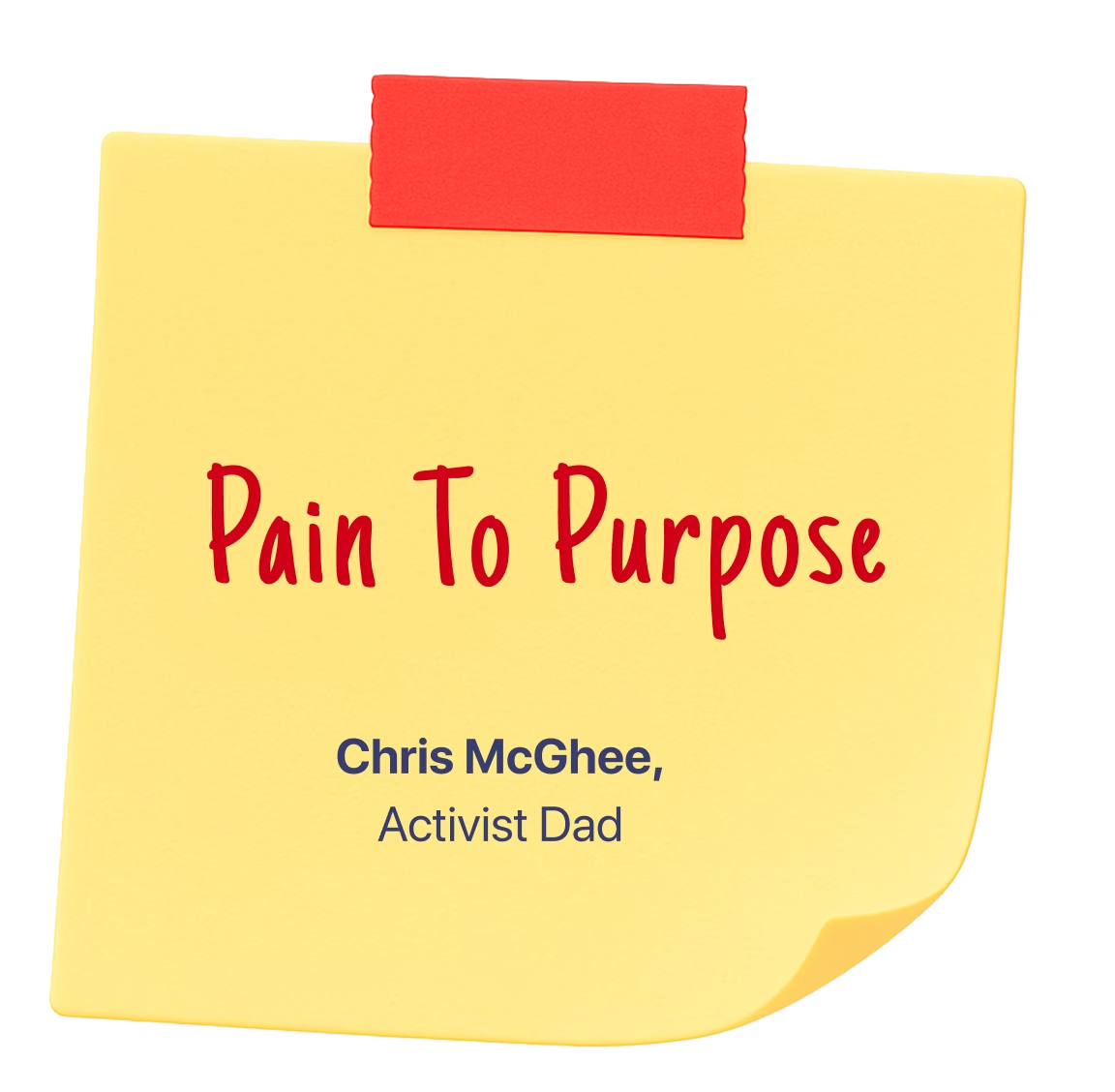
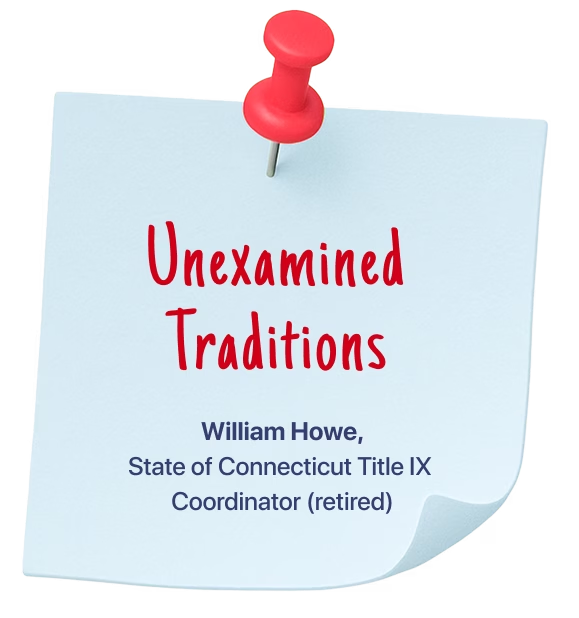
Schools must examine their practices to identify biases, which may lie in long-standing traditions that have not been updated. I tried to help schools understand the unconscious bias often inherent in their practices. I found schools that still lined up children in two separate lines, one for boys and one for girls. In the very early days, I found there were separate playgrounds for girls and boys, even separate staircases based on sex. Some schools were lining students up, boy, girl, boy, girl, etc. These were often an accepted practice; however, when I asked educators if they would line up children by putting all the brown and black kids in one line and the white kids in another, would they find that acceptable? School administrators immediately knew that was not appropriate because it was discriminatory. I explained that there are unacceptable practices when it comes to distinctions between boys and girls. Schools must be vigilant. —Bill Howe
Being the only girl on my flag football team was definitely a lot to deal with. I joined because I love the sport and thought it would be fun, but from the start, it felt like I wasn’t really seen as part of the team. The guys wouldn’t pass to me much, and I’d hear comments like, “Don’t go too hard on her” or jokes that made it seem like I didn’t belong. Even when I played well, it felt as if I had to constantly prove that I was actually good and not just there to fill a spot. It was frustrating, because I knew I was just as capable, but people’s assumptions made it harder to enjoy the game. Looking back, it was one of the first times I really noticed how normalized misogyny is. Even in a casual setting, I was underestimated just because I’m a girl. It pushed me to speak up more, but it also made me realize how much work still needs to be done. —Ligaya Santos
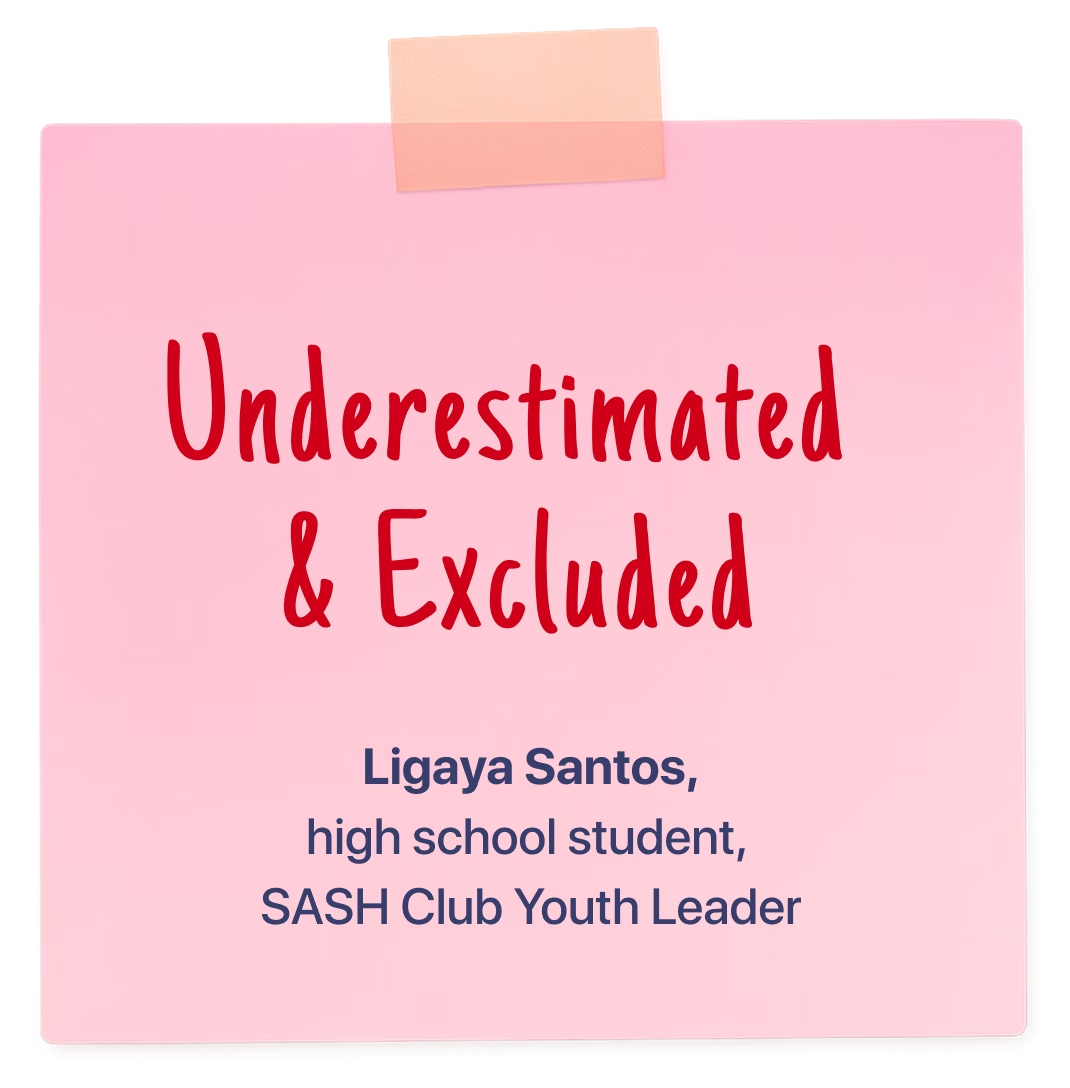
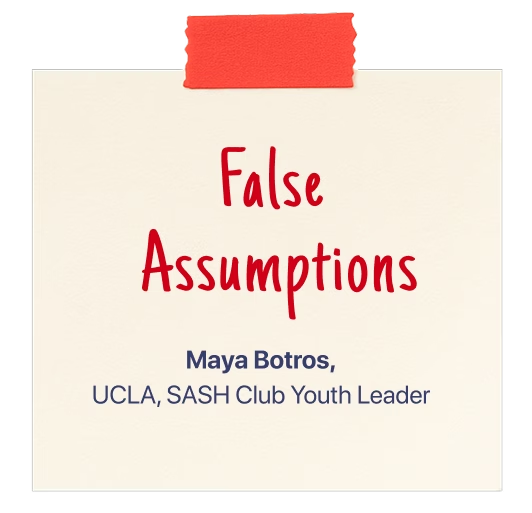
A time I experienced misogyny was in my role as a set designer. I have been doing set construction for years, but people often underestimate my abilities in construction because I am a woman. There’s a frequent underlying assumption that my expertise is in a field like costume or makeup design, which tend to have more women in leadership roles. Carpentry and design are my fields of practice, to which people are initially surprised and hesitant to let me use heavier machinery. Girls can do construction, too, and I am capable of safely handling equipment! —Maya Botros
Only men with contempt for girls and young women would treat impressionable students as mere objects for their own gratification. Memories of male teachers exploiting girls resurfaced after our daughter was assaulted on a 2012 school field trip: a seventh-grade teacher walking hand-in-hand with a female classmate off campus, an 11th grade teacher’s salacious remarks about an attractive student, the lecherous music teacher who preyed upon me, college faculty inviting girls to their homes for sex parties, my university’s counselor on the doorstep proposing a hook-up, notorious womanizing male professors in graduate school. The confusion, the trauma. And it’s no better today: Approximately 17 percent of students will be sexually abused by school employees before graduating high school. Countless school districts—including our own—treat female victims with contempt, as problems, not people, while privileging male perpetrators. After holding our district accountable and inspired by the campus anti-rape movement, I cofounded SSAIS, an intergenerational organization to address rampant sexual harassment and assault in K-12 schools. In the spirit of our impactful #MeTooK12 campaign, SSAIS launched #MisogynyFreeSchools to provide a platform for action. —Esther Warkov

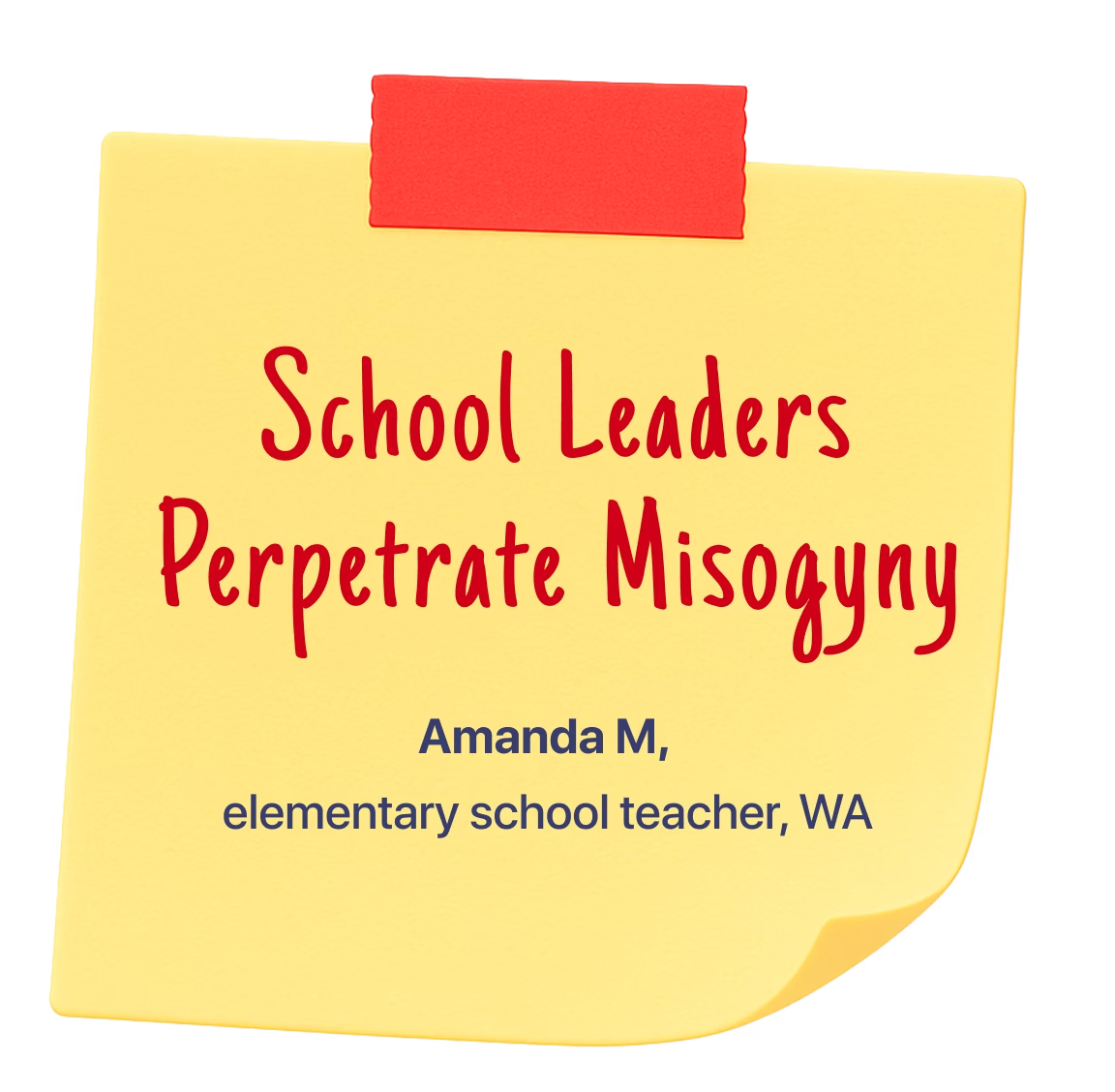
The leadership structure in our school district is inherently sexist. Most instructional assistants and teachers are women, yet school administrators and district leaders are predominantly male. Lack of equity in education, opportunity, childcare, and equal pay are responsible. The misogynistic belief that men will take a stronger approach towards discipline, families, and school-wide systems is also at play. The micro-aggression that women are less capable is ever-present at the leadership level. I have experienced two conflicts with my district’s directors. In both cases, I was better informed and had approached literacy-based models with expertise that surpassed my male superiors. Feeling exposed by a woman left both men defensive, and they retaliated by speaking poorly about me in meetings. I filed a grievance against one but was very fearful of losing my position and chose not to pursue legal action beyond that. Men held all the power in those situations. —Amanda M, elementary school teacher, WA
In my 1st-grade class, there were three students performing well above grade level. Their abilities were obvious and celebrated by the other students. Two were white boys, and one was a girl of color. Every time the girl shared her thinking but made a mistake, many boys in the class would be quick to correct her and expose her errors. When the two white males made mistakes, all the children in the class would use safe and affirming language, letting them know that everyone makes mistakes. It was disheartening that the girl was constantly under suspicion for being less intelligent, and the boys in the class seemed to relish it when she underperformed. —Ryan S, elementary school teacher, WA
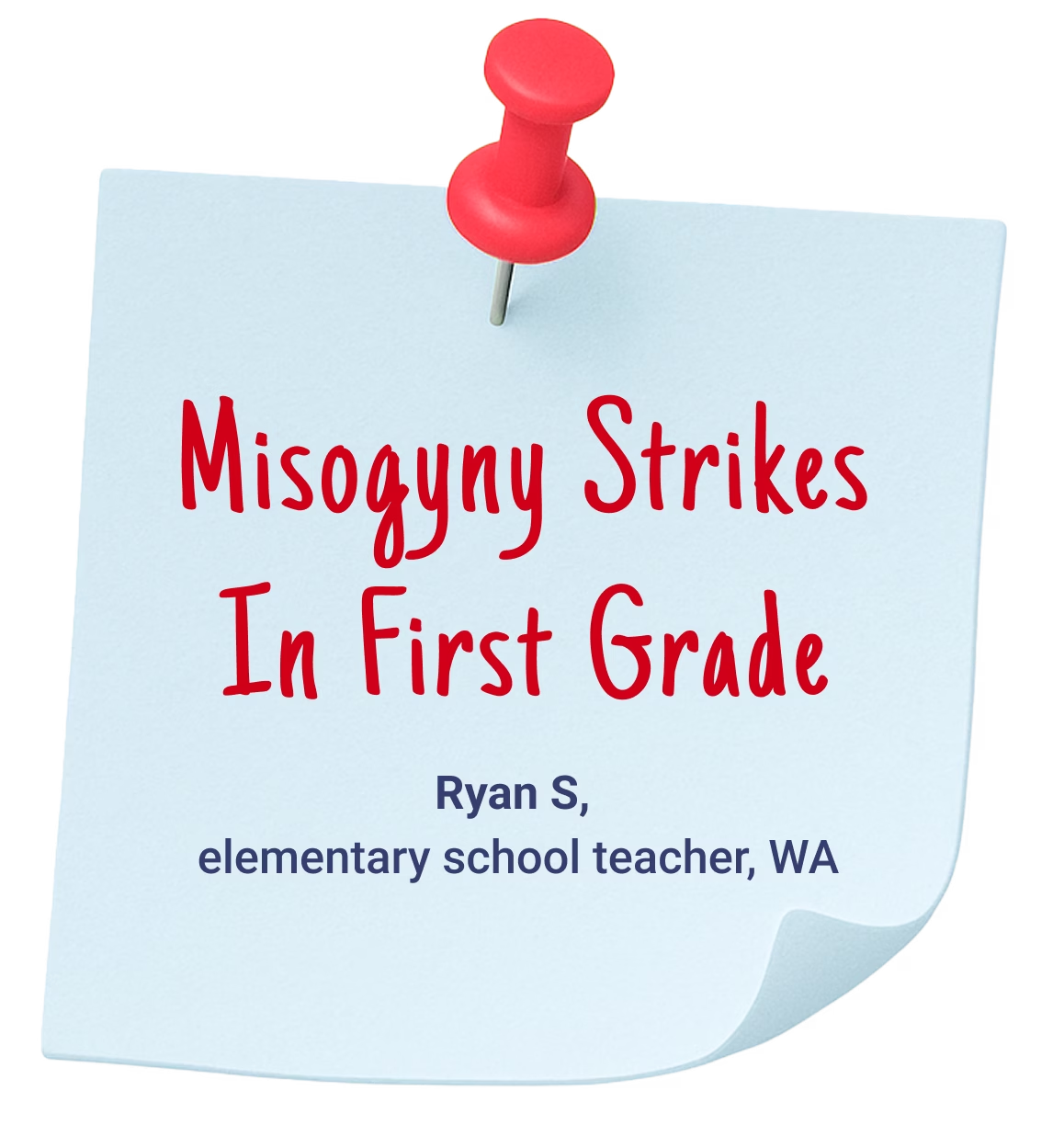
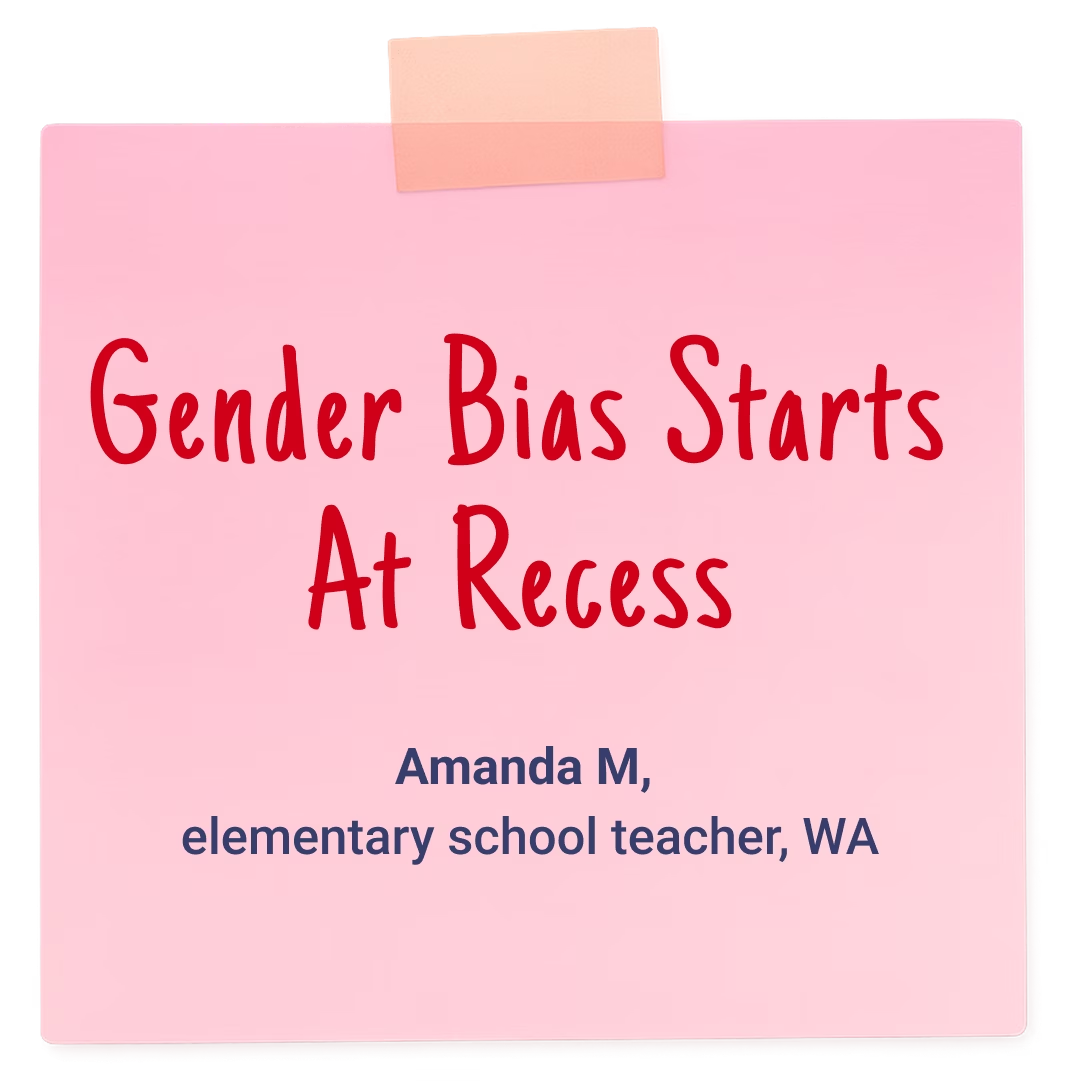
Students experience sexism from the start of play including limitations on what girls can and can not do during recess. These gender roles and stereotypes are upheld through implicit bias by male students. For example, any girl who wants to play sports is often denied the opportunity or not allowed to by male peers. From my experience, girls are never invited and even if they do get to play they are met with harsh criticism and told they’re not good enough. This discourages female students from pursuing anything outside gender stereotypes beginning at an extremely young age. —Amanda M, elementary school teacher, WA
